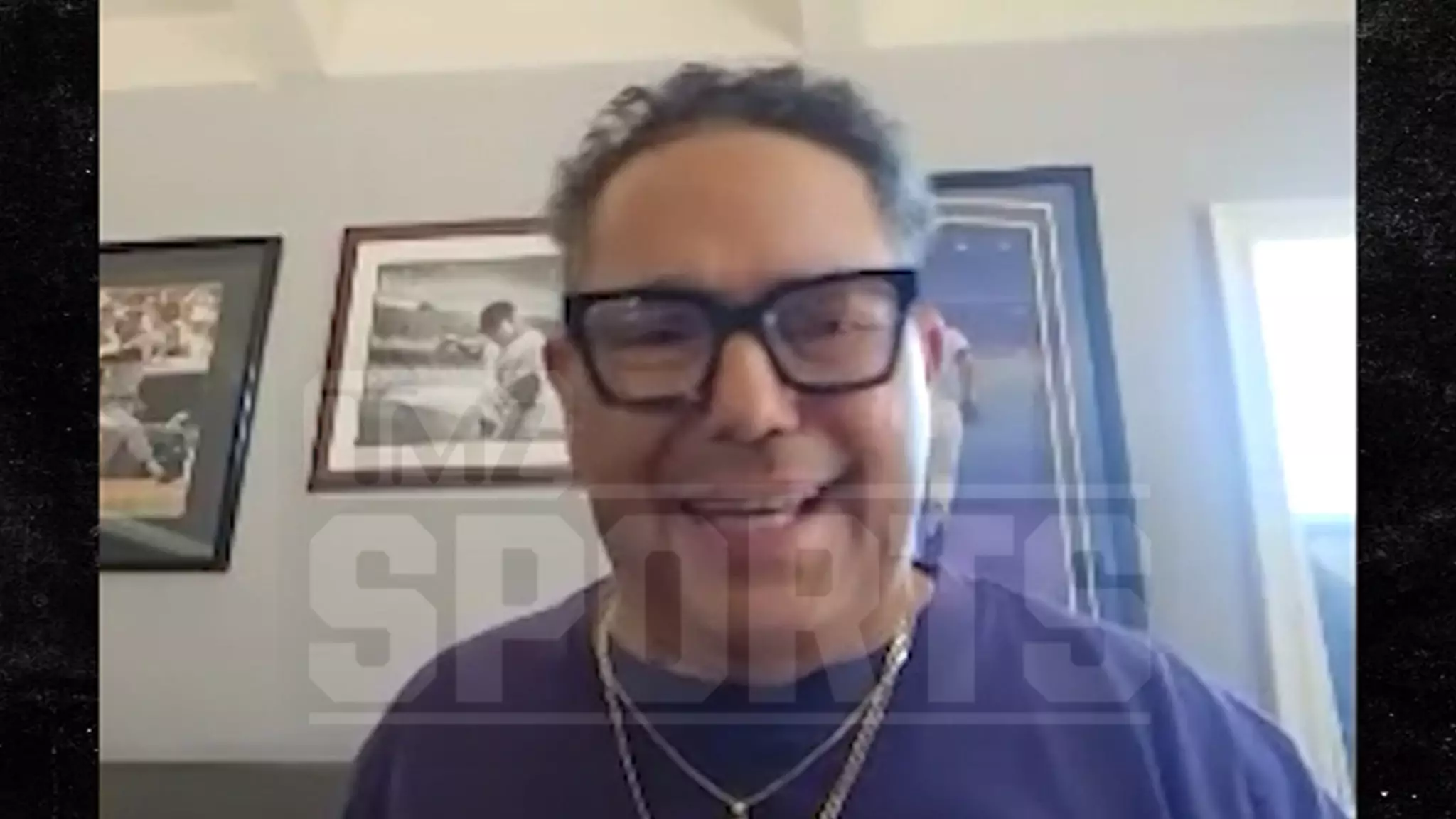Five months ago, the baseball world witnessed a seismic shift when Juan Soto decided to leave the New York Yankees for their arch-rival, the New York Mets. This pivotal moment did not go unnoticed by die-hard fans like Nicholas Turturro, famed for his role in “NYPD Blue.” His visceral reaction echoed that of many Yankees enthusiasts who felt betrayed by Soto’s departure. However, in the wake of Soto’s initial struggles with the Mets and the Yankees’ robust start, Turturro’s perspective has evolved, shifting from anger to cautious optimism.
The Subway Series: A Symbol of Resilience
When the Yankees triumphed in the first leg of the Subway Series against the Mets, Turturro was not merely a spectator; he was part of an experience charged with energy and emotion. The highlight was undoubtedly Cody Bellinger’s grand slam, a moment that transcended sports and resonated deeply with fans. Turturro couldn’t help but feel satisfaction as the ball sailed over Soto’s head, symbolizing the Yankees’ superiority and loyalty amidst the messy breakup. “It was poetic justice,” he remarked, suggesting that the moment encapsulated the fanbase’s feelings of rejection and vindication.
Reflections on Loyalty and Betrayal
Turturro’s metaphor comparing the Soto era to a fleeting romance captures the emotional landscape of fandom perfectly. Investing in a player is emotionally taxing, and when that player chooses to leave, especially to a rival team, feelings of betrayal are all too common. “We gave him our heart,” Turturro reflects, emphasizing the emotional depth that such affiliations can evoke. Yet, as time marches on, he finds solace in the strength and cohesion of the current Yankees roster, suggesting that the team is evolving in ways that may ultimately prove more fruitful without Soto’s presence.
Financial Flexibility and Future Potential
Interestingly, Turturro’s insight extends beyond mere sentimentality. He posits that Steve Cohen’s financial commitment to Soto might not yield the expected returns. The Yankees, having successfully pivoted post-departure, are now invested in a more balanced and cohesive team structure. “You can’t just allocate the money to one guy and ignore the rest,” he argues, reflecting a pragmatic understanding of modern baseball’s evolving dynamics.
This commentary sheds light on a crucial aspect of sports management; successful teams are often built on depth rather than star power alone. Turturro believes the Yankees’ current pitching strategy and player development indicate a promising trajectory that might well surpass Soto’s individual contributions.
Cultural Dynamics in New York Baseball
The narrative surrounding the Yankees and Mets rivalry is woven into the very fabric of New York City culture. This drama extends beyond the baseball diamond, symbolizing larger themes of loyalty, identity, and the perpetual struggle for dominance. Turturro’s remarks encapsulate this spirit perfectly, as he cheerfully anticipates Round Two of the Subway Series during the Fourth of July weekend. “Good riddance, good luck!” he cheers, a slogan that might as well encapsulate the sentiments of many in the Bronx.
While the clock continues to tick on Soto’s performance and the impending matches, Turturro’s evolving outlook mirrors that of a devoted fanbase: resilient, hopeful, and ultimately committed to the team above all.

